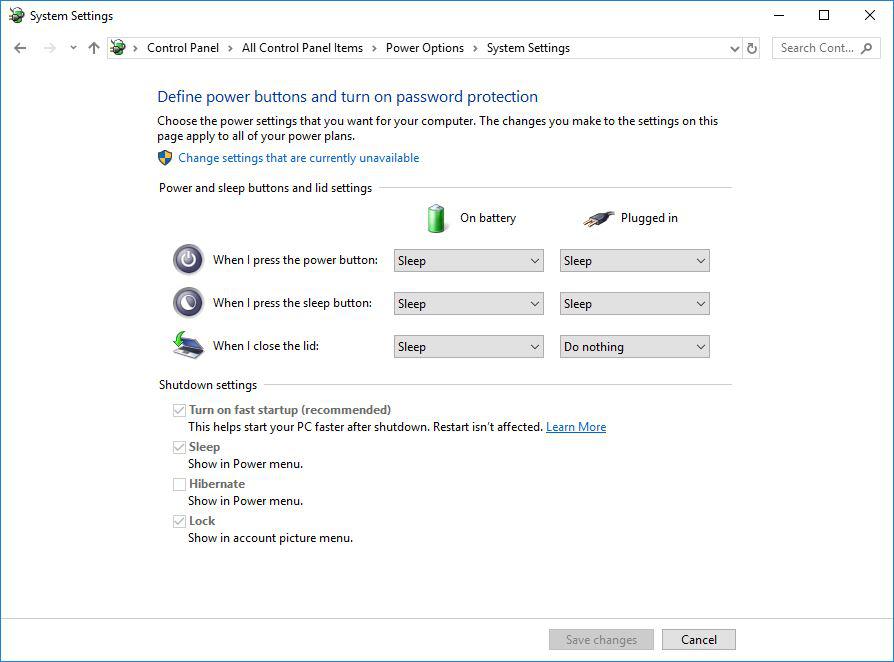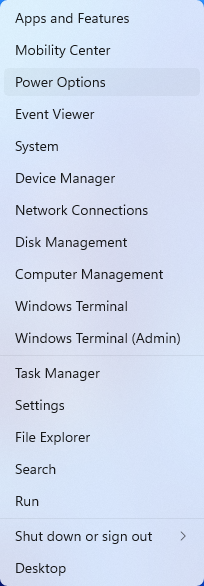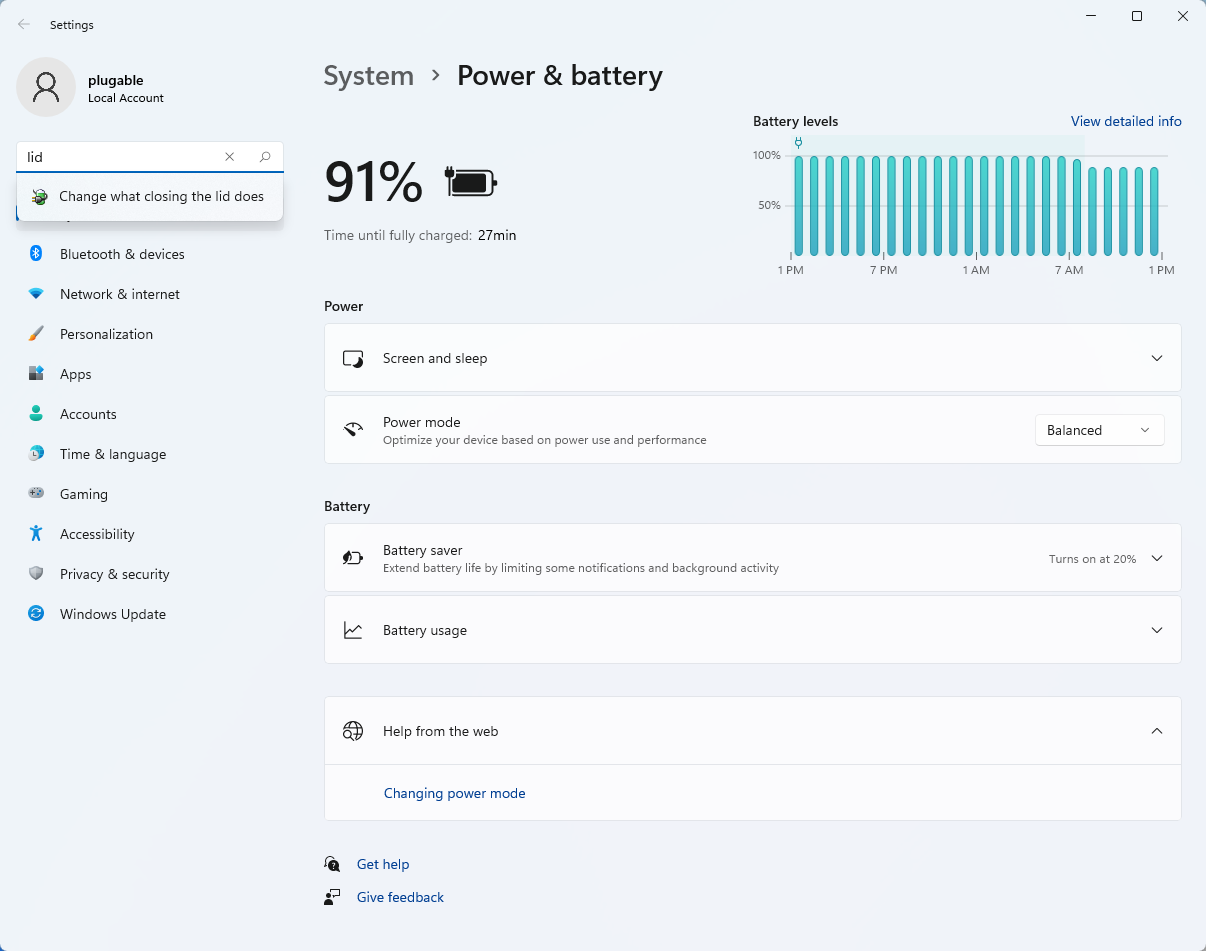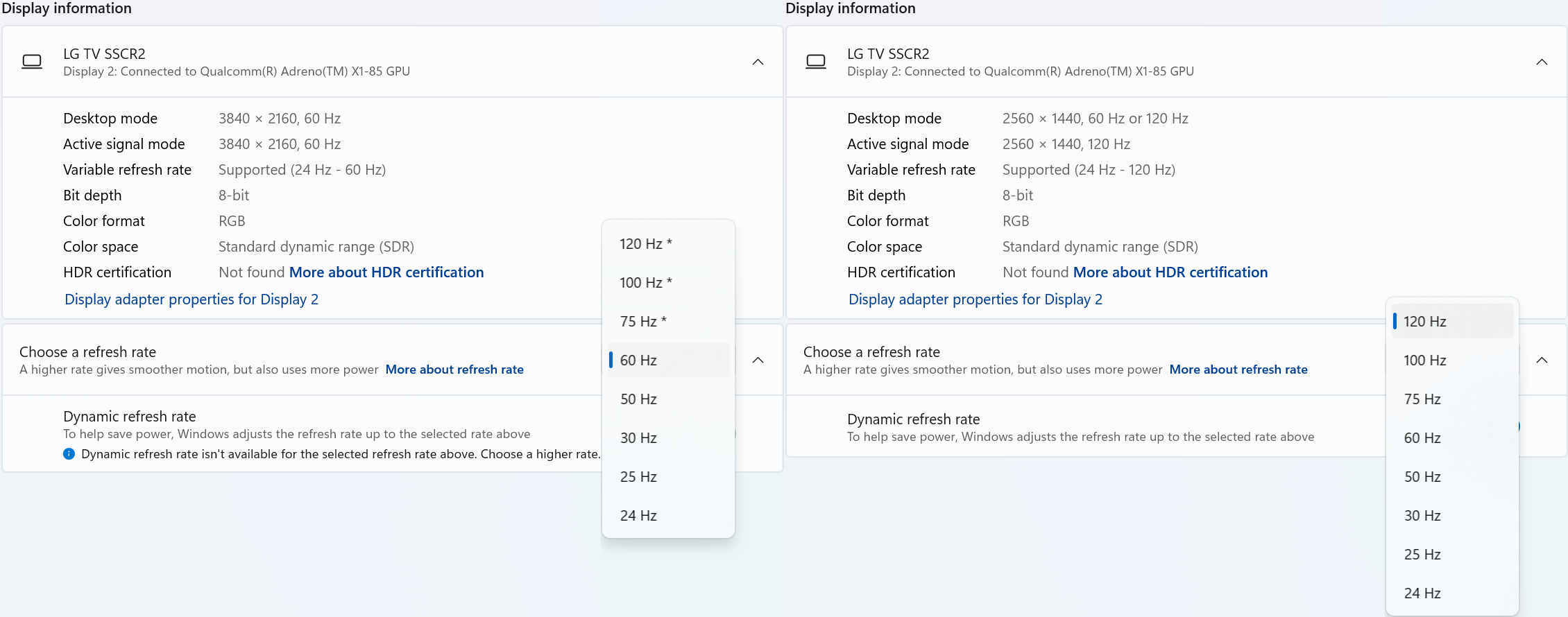









Hassle free, 2-Year Warranty
Fast, Free Shipping on Orders $35+
Lifetime Technical Support
30-Day Money Back Guarantee
Plugable Mini DisplayPort to VGA Adapter (Active)
$7.96 USD
SKU: MDPM-VGAFAmazon Rating : (53 Reviews)
Features
- Mini DP to VGA— Mini DisplayPort to VGA adapter converts Mini Display Port (Thunderbolt 2) output on your laptop or Desktop to a VGA output to enable connection to a VGA display device such as a monitor or projector
- Supported Resolutions— Supports VGA displays up to 1920x1200 at 60Hz refresh rate in extended or mirror mode. Lower resolutions are also supported
- Simple Installation— No installation software or drivers required; just plug and play your display with VGA to Mini DisplayPort computer
- Compatibility— Active adapter is compatible with Thunderbolt 2 or Mini DisplayPort output ports on Desktops, Workstations, Laptops, Docking Stations, and more. Not a bidirectional adapter for computers with VGA to MDP monitors
- 2-Year Coverage, Lifetime Support— Every Plugable product, including this portable DisplayPort to VGA adapter, is covered against defects for 2 years and comes with lifetime support. If you ever have questions, contact our North American-based team - even before purchase
Free 3-Day Continental U.S. Shipping on Orders Over $35!



















